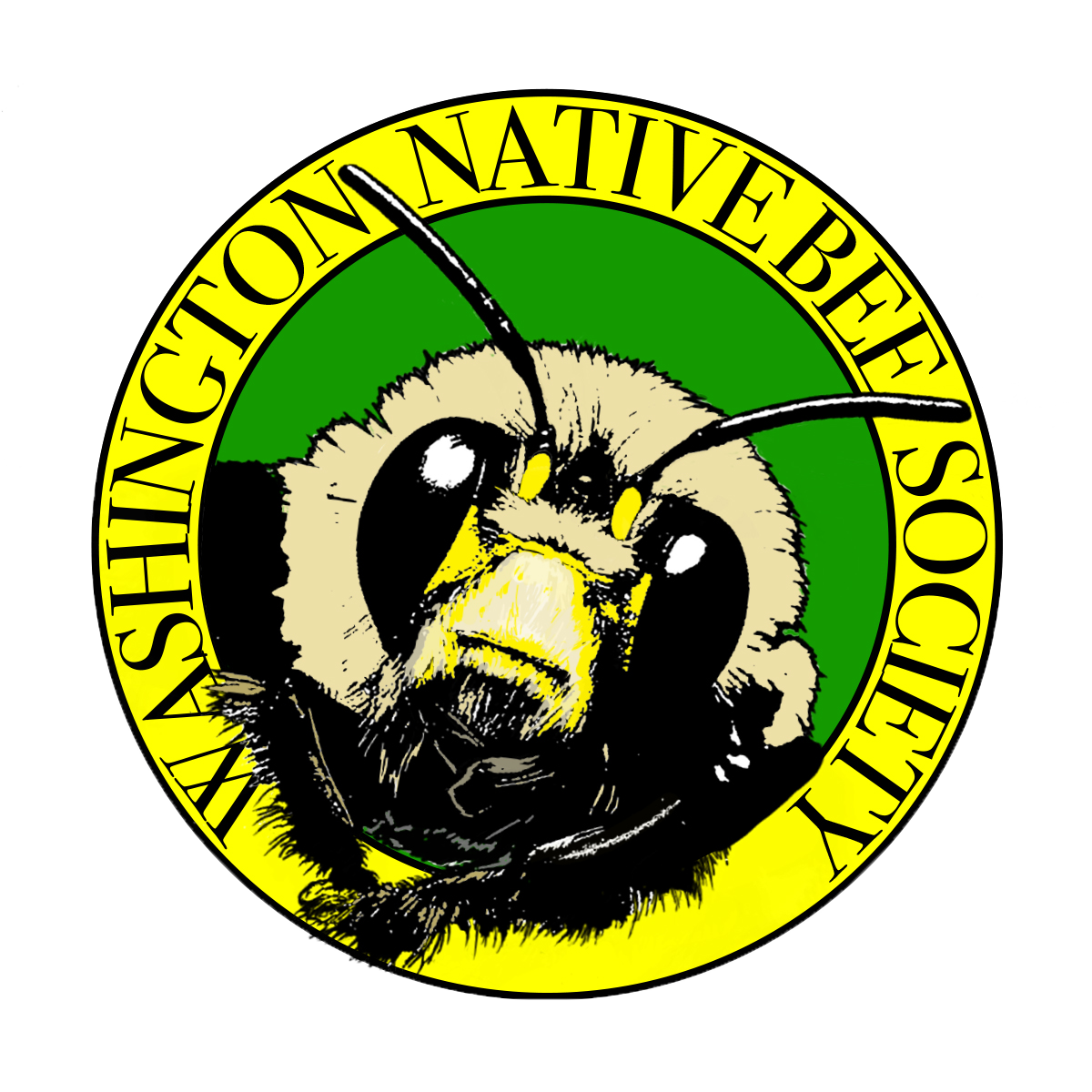The BeeVesting Pollinator Garden
- Kevin Sander

- Feb 23, 2021
- 3 min read
Updated: Aug 2, 2025
By Kevin Sander, volunteer with BEEvesting and 21 Acres.

I thought I knew a lot about bees, and then I had to design a garden for them with BEEvesting. BEEvesting is an all-volunteer organization here in Washington that works to engage the public in topics related to pollinator health. “Perfect,” I thought, “a chance to broaden my experiences working with pollinators.” Broaden them by ~2,000 ft² it did, as I grappled with the fundamentals of landscape design. At first I thought I had bitten off a bit more than I could chew, but the process has taught me so much about gardening for pollinators and the reasons we need to do so.
Human environments offer too little for our bees. The loss of habitat caused by development and monoculture-dependent agriculture is contributing to the decline of native pollinators. Floral resources are reduced, nesting grounds are limited, and wild spaces are increasingly segregated from one another. To help increase habitat and floral resources for our bees, we need more ‘pollinator pathways.’ By planting more native and pollinator-friendly plants in our gardens, pots, parks, and fields, we can connect bees to wild spaces while making it possible for them to live and forage in human-dominated environments as well. To make pollinator pathways viable requires building public awareness; that’s where an organization like BEEvesting can step in.
Founded in partnership between Coastal Community Bank, Sammamish Valley Alliance, Sammamish Valley Grange, and 21 Acres, BEEvesting is a strong advocate for the implementation of pollinator pathways, and the pollinator garden we are building is a pivotal piece in that effort. Once complete, the garden will act as a gathering place for visitors and volunteers to learn and teach about pollinators, the services they provide, and the kinds of plants and gardening practices that we can engage in to promote their well-being.

Work on designing the garden began in the summer of 2020. The roughly 2,000 ft² space at the heart of the 21 Acres campus in Woodinville was bigger and better-situated than I had ever imagined. Nestled between farm production, community garden spaces, plant nurseries, and restored wetland, the pollinator garden will certainly attract many curious visitors, human and bee-kind alike.
Once used for crop production, the lot had long since been overrun by weeds. Nearly 200 volunteer hours went into weeding, amending the soil, and setting paths, but by fall, we had two large garden beds ready to receive plants.

A great deal of consideration went into plant selection - ultimately, we wanted to showcase our native plants (such as Oregon Grape, Redflower Currant, Coneflower, and Camas) alongside pollinator-friendly ornamentals (such as Hydrangea, Lavender, and Lupine). In this way, we hope to demonstrate how incorporating natives into a home garden does not mean sacrificing aesthetic quality. We were also careful to choose a variety of plants with different bloom periods throughout the year, ensuring that a bee would find floral resources in our garden no matter the season. If the process of plant selection feels overwhelming, I get it - it was quite the learning curve for me too! There are many free resources available online that helped me pick plants for pollinators in our region, but I’ve found that the best place to start is with the resources compiled here by the Xerces Society.

With our plants chosen and purchased, a small group of 6 volunteers and staff helped in our first round of planting in October, capping off work on the garden for the season. A lot of work is left to be done before the garden is complete, however. A third, large bed needs to be prepared and planted this spring, and additional plants will be added to the existing two beds. It is my hope that we will be able to safely organize more small groups of volunteers to help us in that effort. More updates are to come, and hopefully soon we can welcome the general public to watch and learn about our busy bees in the pollinator garden at 21 Acres.
Click to learn more about BEEvesting and about 21 Acres, the communities and projects they engage in.




Comments